In SwiftUI I have a list of menu items that each hold a name, price etc. There are a bunch of categories and under each are a list of items.
struct ItemList: Identifiable, Codable {
var id: Int
var name: String
var picture: String
var list: [Item]
@State var newItemName: String
}
I was looking for a way to create a TextField inside each category that would add to its array of items.
Making the TextFields through a ForEach loop was simple enough, but I got stuck trying to add a new Item using the entered text to the right category.
ForEach(menu.indices) { i in
Section(header: Text(menu[i].name)) {
ForEach(menu[i].list) { item in
Text(item.name)
}
TextField("New Type:", text: /*some kind of bindable here?*/) {
menu[i].list.append(Item(name: /*the text entered above*/))
}
}
}
I considered using @Published and Observable Object like this other question, but I need the ItemList to be a Codable struct so I couldn't figure out how to fit the answers there to my case.
TextField("New Type:", text: menu[i].$newItemName)
Anyway any ideas would be appreciated, thanks!

